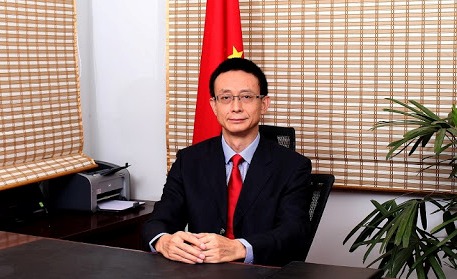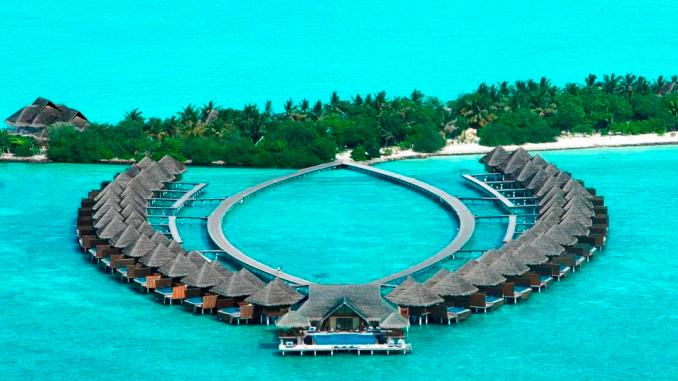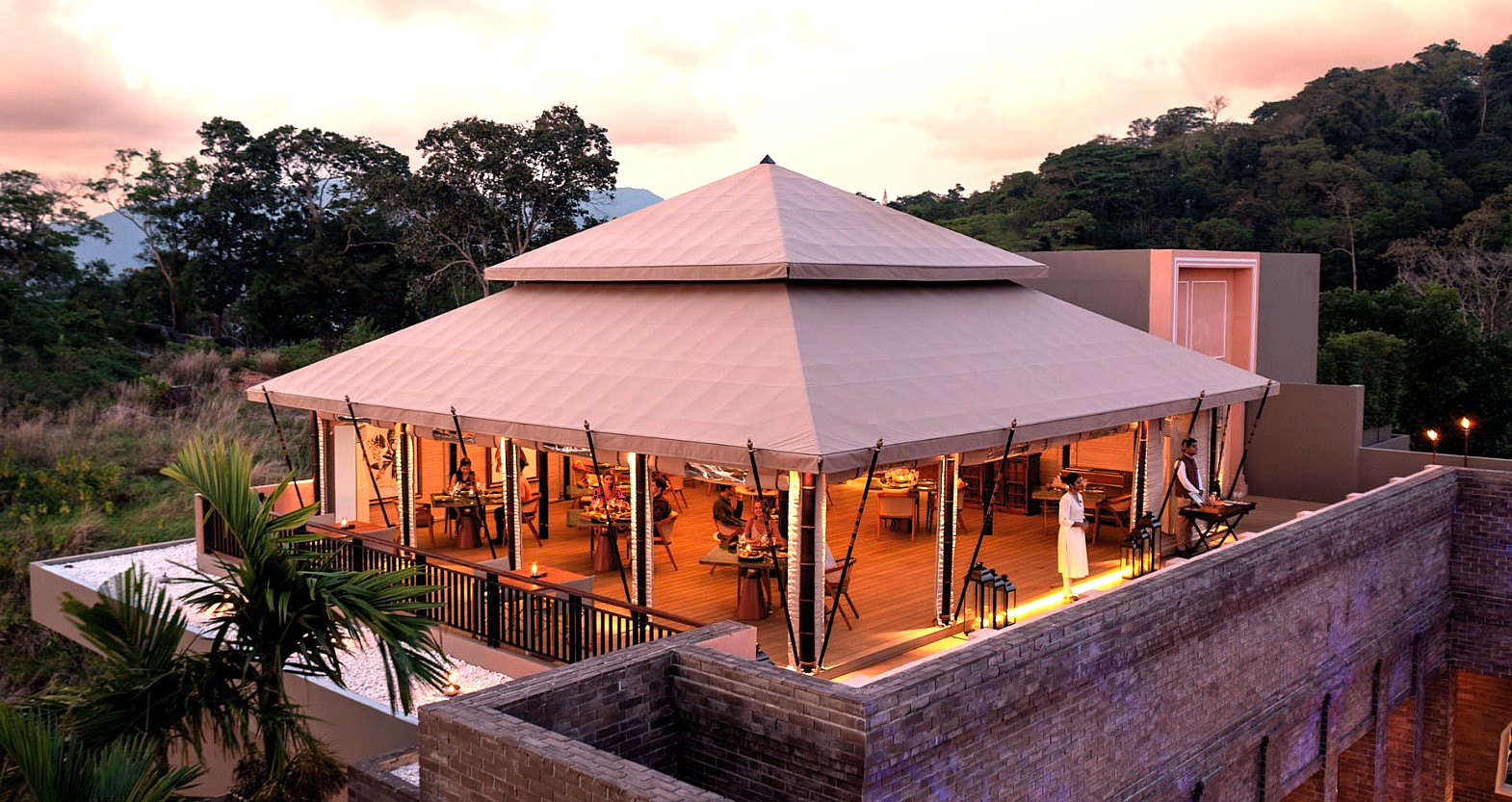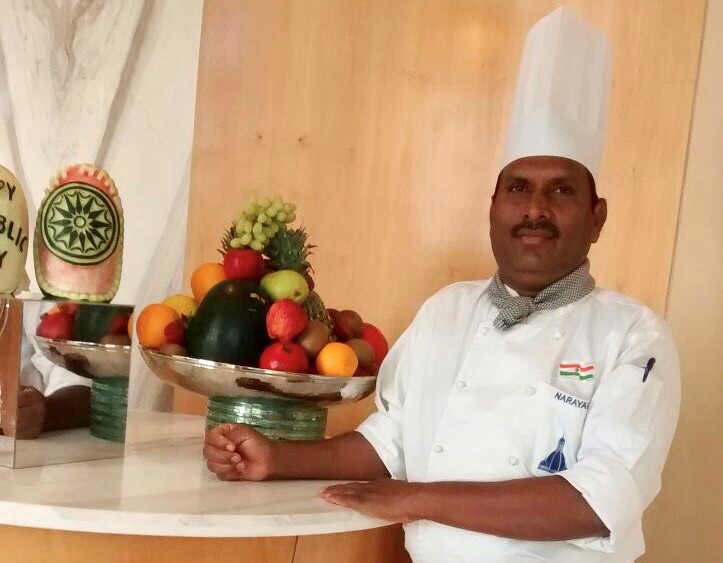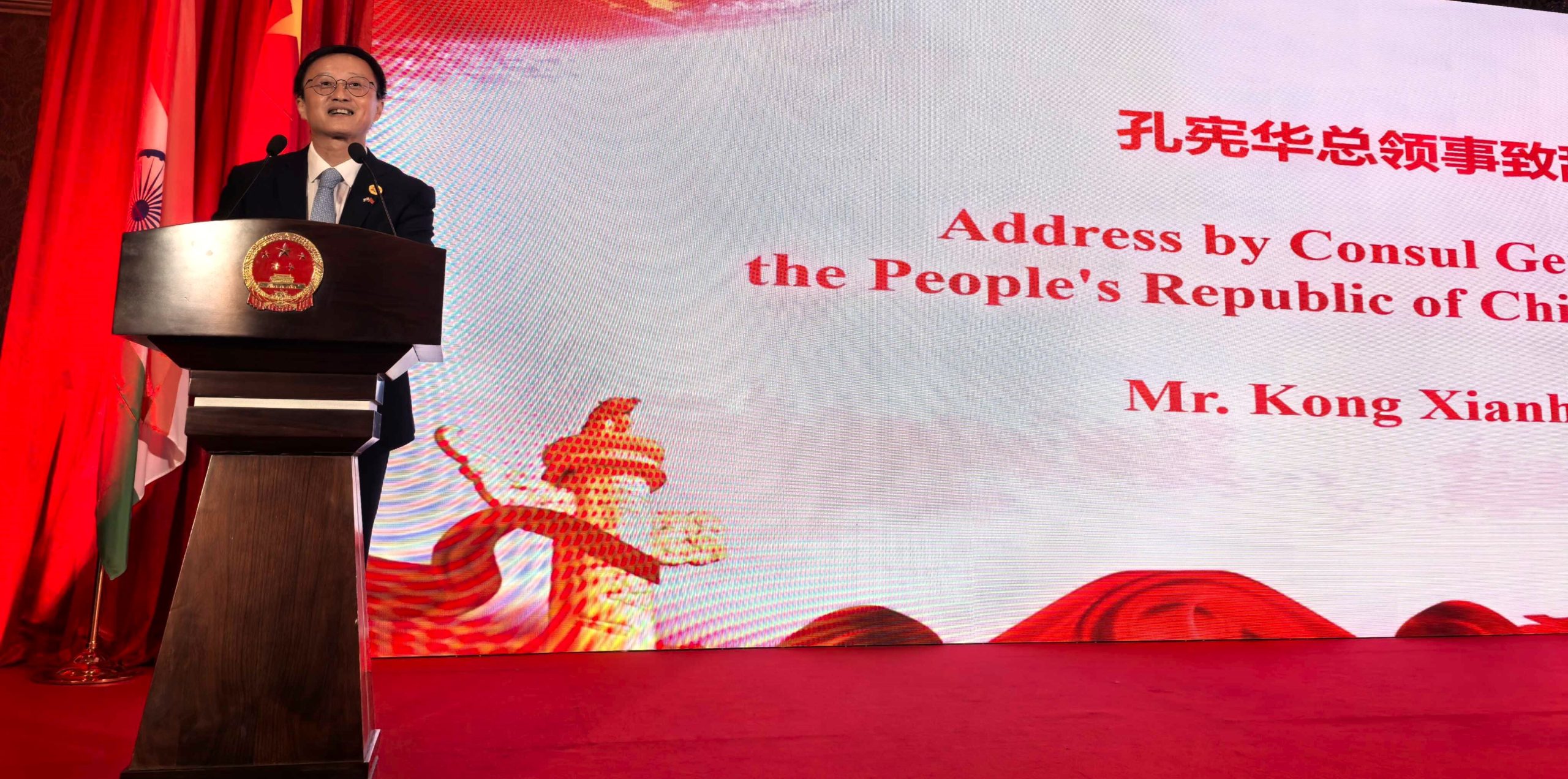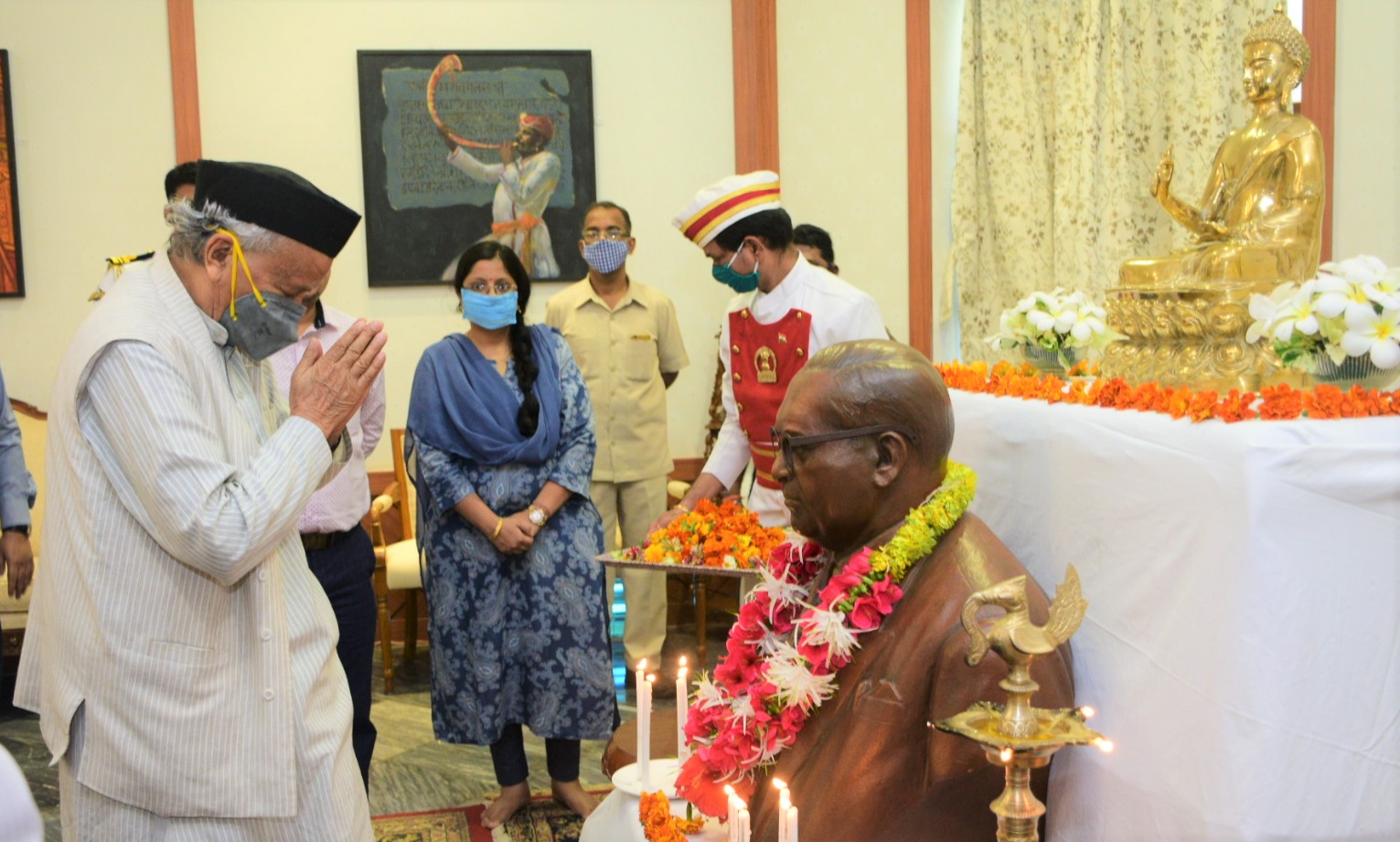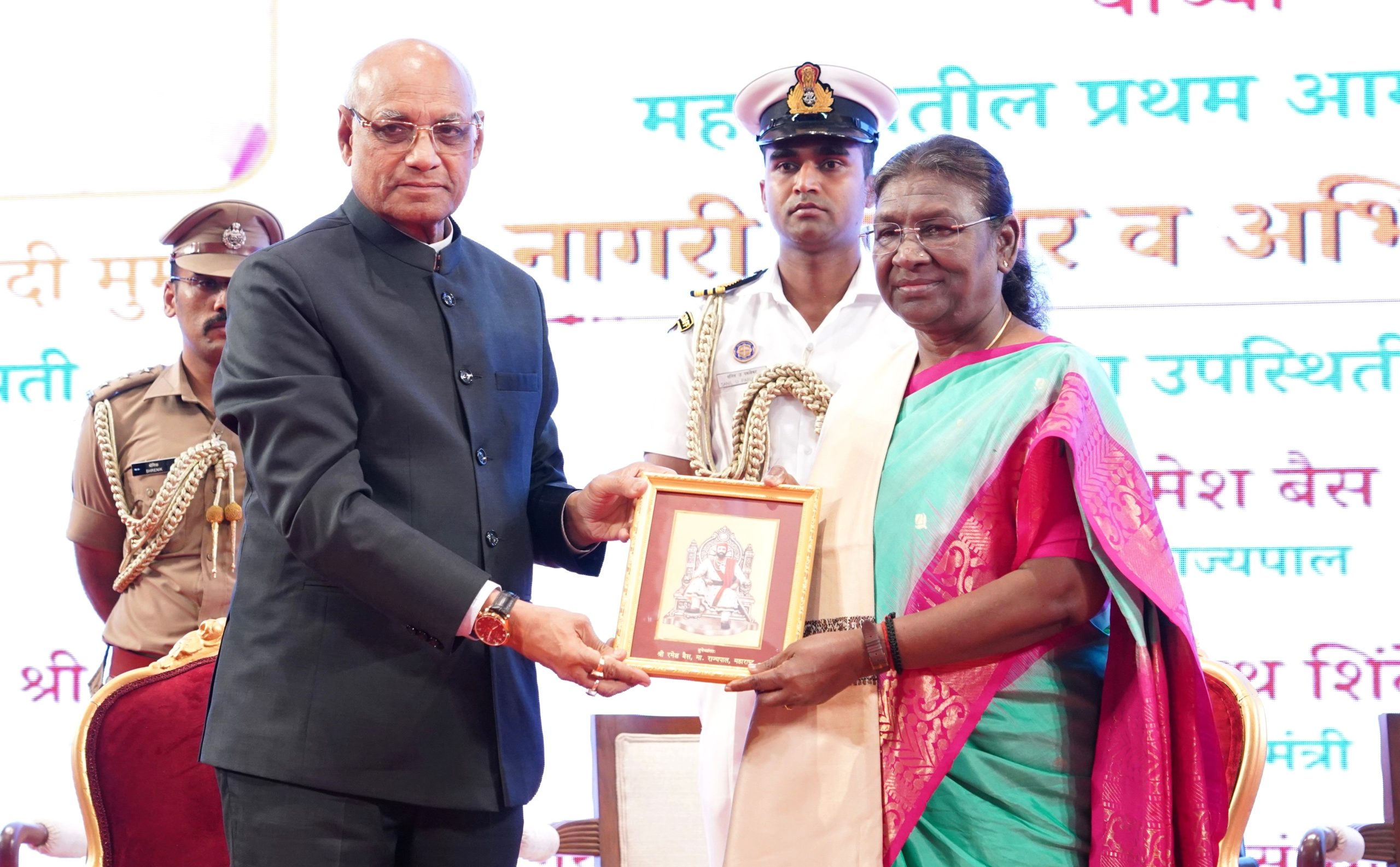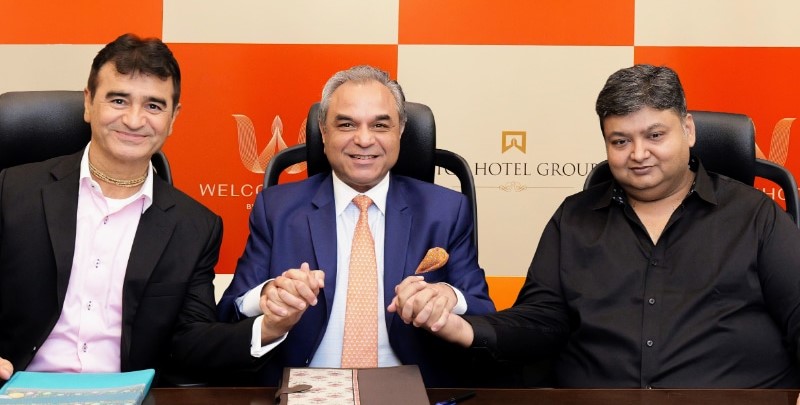Excerpt:
His Excellency Tang Guocai, General of the People’s Republic of China in Mumbai on May 24th, 2021 delivered speech entitled “China India Poverty alleviation” The full text is as follows:
My sincere gratitude goes to Yunnan International Research Centre, South-Indian Education Association, and other Chinese and Indian organizations and friends from various sectors for supporting our event today. The Coronavirus tsunami prevails one wave after another. The entire world is exploring ways to fight the epidemic and sustain livelihood, with the poor suffering the most. Balancing the fights between poverty, pandemic, development and justice is very important. China and India together account for nearly one-third of the world’s population. Ensuring the bottom-line and guaranteeing stable development are of great significance to the future of mankind.
Rural revitalization, noble responsibility:
At the beginning of this Chinese year of Ox, President Xi Jinping’s announcement on thorough eradication of poverty nationwide attracted worldwide attention. China creates a wonder in human history. Over the past 40 years of reform and opening up, China has raised 770 million people out of poverty, contributing more than 70% of the global poverty reduction. China has realized the eradication of poverty set by “UN’s 2030 Agenda for Sustainable Development” 10 years in advance, thus providing a practical and confident path for developing nations.
The Rural Revitalization Strategy provides a grand blueprint for poverty alleviation in China. Both China and India are great agricultural civilizations, and most of the poor population resides in rural areas. In the long run, rural areas are true engines rather than burdens for sustainable development of China and India. A green environment is the everlasting gold mine. China does not simply “transfuse blood” to the poor, but to encourage them to work hard and “make blood” themselves. It is an excellent example of a People-centered Development Strategy.
Western Developed countries used to practice protectionism in their own agriculture industry. Under the pretext of the so-called democracy and human rights issues, they disrupt the agriculture industry of developing countries. For instance, the West has been fabricating the so-called “cotton human rights” issue in Xinjiang, China. In fact, India’s cotton-spinning and agriculture also suffered likewise. They are actually trying to create racial divisions politically and stifle the foundation of national rejuvenation economically, so that China and India will remain poor and weak forever. By sharing poverty reduction experience and working for common development , China and India are indeed making great contributions to the world’s human rights cause.
Pandemic and so-called “decoupling”
A close neighbor is dearer than a distant relative. At the call of President Xi Jinping, the Chinese governments of various levels, especially civil organizations and business communities are making every effort supporting India to fight the virus. As a matter of fact, China is providing the vast majority of oxygen concentrators and other medical supplies India needs. China is the first country to get out of the pandemic and resume development, offering India and the region huge opportunities. We are glad to find the second wave of COVID-19 here is melting down. As two of the world’s largest vaccine producers, China and India have every reason to join hands and work for the final victory against the pandemic in our region and the world.
The Western “Hawkish strategy” and “Wolf pack tactics” will eventually shoot themselves in the foot. It is self-contradictory for some Indian media and think-tanks to ask China keeping the supply chain open on the one hand, and threaten decoupling with China on the other. Such opportunistic and protective ideas will only add up to the problem. The essence of India-China relationship is how the two of the largest developing countries in the world live in harmony, develop and rejuvenate together. The consensus of the leaders of our two countries, which is ‘not to pose a threat to each other, provide development opportunities for each other’, shall be implemented earnestly together.

Rise of Asia, RCEP VS. Quad
Yunnan is one of the southern-most and most beautiful provinces of China, enjoying preferable advantages in promoting cooperation with South Asia. Mumbai and the Southwestern coast of India have a long history of friendly exchanges and cooperation with China. The vibrant Asia-Pacific region is leading towards a new wave of multilateralism and free trade. The integration and development of East Asia, South Asia and Southeast Asia are unstoppable. “The Regional Comprehensive Partnership Agreement” (RCEP) is a free trade zone with the largest population, the largest GDP and the greatest development potential worldwide. RCEP,a sound grouping for development, has always opened its door to India, as a community of Asian destiny.
On the other hand, “the group of four” (Quad) advocates so-called democratic alliance, and targets certain specific countries in an attempt for containment. Frankly speaking, although the haze of the epidemic has not dissipated, the “Cold War” mentality has been outdated long back. As a matter of fact, Asia stands in the east of the world, thus within Asia the so-called East-West divisions or controversies are ridiculous, purely western mentality. History has proven that following Western colonialism and militarism brought profound disasters and painful lessons to China, India and Asia. Looking back, India and China were glorious ancient civilizations and paradise for western colonizers to explore. Major developing countries like China and India can only achieve development and prosperity when they stand on their own feet. Only through common development by India and China, the rise of Asia and the return of civilization will truly be achieved.
People first, local touch
This year marks the 100th anniversary of the founding of the Communist Party of China. The secret of China’s governance and development lies in the fact that the CPC and the Chinese Government always put the people first. At the same time, as a political party with a global perspective, the CPC has always been committed to making new and greater contributions to mankind. Both China and India are facing historical responsibility for national development and rejuvenation. The common aspirations of the people are to promote reform, develop hand in hand, step up pragmatic cooperation and improve livelihood. Thus promoting Sino-Indian cooperation and development is safeguarding the fundamental interests of the people of both countries and the well-being of Asia and the world.
My colleagues and I have visited the Wardha District of Maharashtra several times to help Chinese companies support local solar irrigation projects. Although the conditions on the ground are difficult, it is a holy place where Gandhi led the great campaign for self-reliance, much like some traditional revolutionary sites in China. So being in the countryside here is like homecoming for us. Through all the hardships and difficulties, success only comes out of hard work. I truly believe that the hard-working and honest people of our two countries are of the same heart and soul. Let us learn from each other, seek common ground and interest, and work hard to live up to the expectations of our two great peoples and civilizations.
Disclaimer: The opinions expressed in this article are the author’s own. Mumbai Messenger does not endorse nor support views, opinions or conclusions drawn in this post and we are not responsible or liable for any content, accuracy or quality within the article.

Editor in Chief : Mewati SItaram

